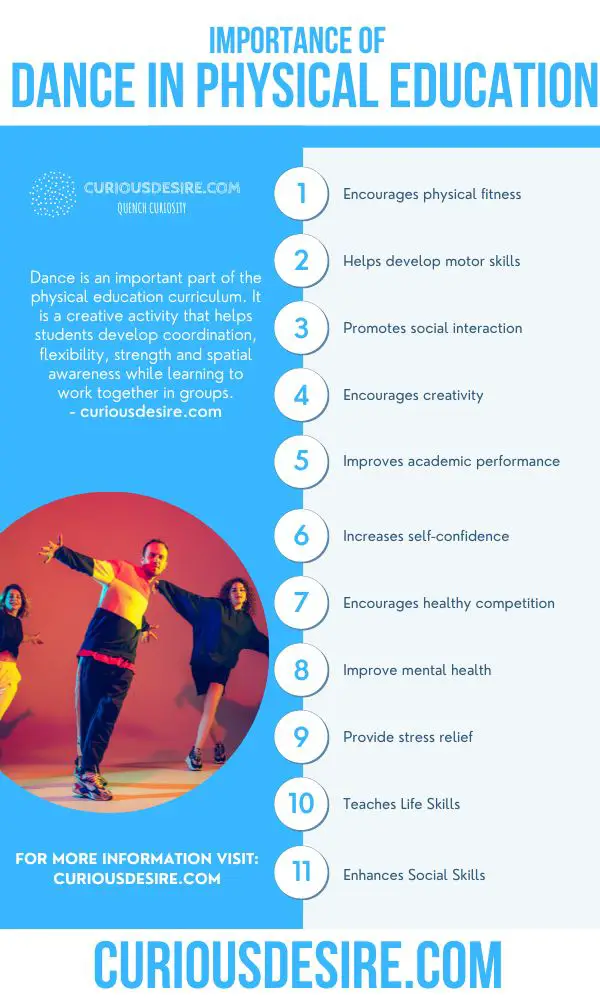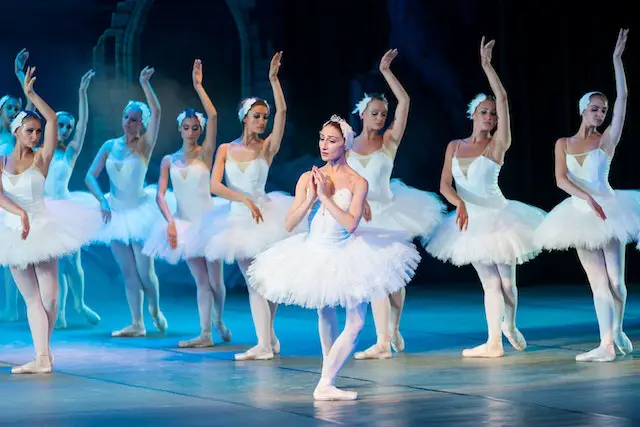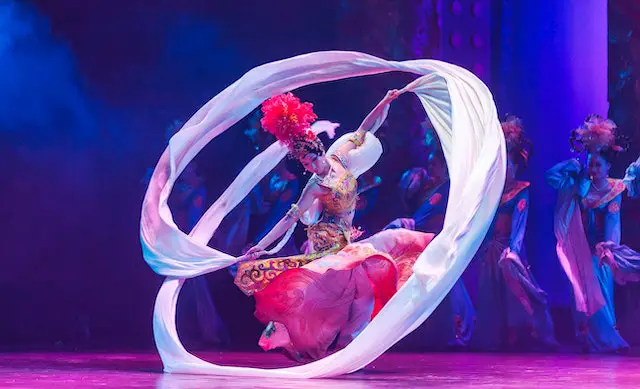Dance is an important part of the physical education curriculum. It is a creative activity that helps students develop coordination, flexibility, strength and spatial awareness while learning to work together in groups.
Dance can also provide a positive outlet for emotions and encourage social interaction among peers. In this article, we’ll look at the importance of dance in physical education.
15 Benefits of Dance in Physical Education
Dance is a great way to teach physical education concepts in an interactive, engaging and fun manner. Here are some of the reasons why dance is important to physical education:
1. Dance encourages physical fitness
Through movements that strengthen the heart and lungs, along with increasing muscular strength and flexibility, dance can help improve overall health and wellness.
It can also be used to raise awareness of nutrition habits as students learn the importance of healthy eating and physical exercise. For example, introducing a variety of dance styles and music can create an exciting environment for students to explore and express themselves.

2. Dance helps develop motor skills
Dance helps children improve their coordination and balance, as well as build strength, agility and accuracy in their movements. This is important for physical education, especially when it comes to teaching sports-specific skills.
You can also use dance as a way to improve reaction time and agility, which can help players in other sports, such as soccer and basketball.
3. Dance promotes social interaction
Dance is a great way to encourage communication and collaboration among students. By having them learn choreography together, they are able to practice their teamwork skills while having fun at the same time.
In addition, by using different types of music and movement to express themselves, students can develop a greater understanding of different cultures. This can help foster respect for others and promote an inclusive atmosphere in the physical education classroom.
4. Dance encourages creativity
Dance allows students to be creative and express themselves through movements that are outside the bounds of traditional physical education activities. It also encourages students to think critically and problem-solve as they come up with new ways to move their bodies.
Additionally, it allows them to explore different cultures and styles each time they learn a new dance routine. This can help broaden their understanding of the world and provide them with a greater appreciation for diversity.
5. Dance improves academic performance
Research has shown that students who engage in physical activity, such as dance, have improved memory and concentration, which can lead to better academic performance. It can also help reduce stress, boost self-esteem and improve overall mental health.
Ultimately, this can provide students with an outlet to express themselves and a way to stay focused on their studies.
6. Dance increases self-confidence
Dance can help students feel more confident and comfortable in their own bodies. Through learning different dance moves, they are able to discover what works best for them and gain a better understanding of how to move with ease.
This can also translate into other areas of life as students build up their confidence in expressing themselves and taking risks.

7. Dance encourages healthy competition
Dance can be used to encourage friendly competition among students. For example, you can introduce different dance styles that students can compete in or have them come up with their own creative moves.
This will help to foster an environment of collaboration and positive reinforcement while they work towards a common goal. You can also use dance as a way to reward excellence in physical education, such as giving prizes for the best choreography or most creative moves.
8. It can improve mental health
Dance is a great way to express feelings and emotions in a safe and creative environment. Through movement, people can process stress, anxiety and depression, which can have a positive impact on their mental health.
It can also be an effective way to cope with traumatic experiences and help individuals process difficult emotions in a healthy way. Therefore, it is important to incorporate dance into physical education classes as a way to promote emotional well-being.
9. Dance can provide stress relief
Physical activity is known to reduce stress levels, and this is especially true with dance. Once students start to move, they can forget about the worries of the day and just focus on the music and their movements.
This can provide a much-needed outlet for stress relief that is both fun and healthy. Additionally, there are many different types of dance that can be used in physical education classes, such as hip-hop, salsa and ballroom dancing, allowing students to find a style that resonates with them.
10. Dance in Physical Education Teaches Life Skills
Dance is a great way to teach students important life skills such as collaboration, communication and problem-solving. By encouraging teamwork and creative thinking through dance, physical education classes can provide students with the tools they need to succeed in other areas of their lives.
By incorporating dance into physical education classes, students will learn how to move their bodies, express themselves and work together in a fun and creative way.
11. Dance in Physical Education Enhance Social Skills
Learning how to dance can also help students build their social skills. In physical education classes, they are encouraged to interact with each other and work together in order to create a successful routine.
Through this type of collaboration, students learn how to express themselves through movement while also getting feedback from their peers. This helps them realize the importance of teamwork and the power of communication.

12. Dance in Physical Education Improve Concentration
Dance can help improve concentration. By learning different steps and moves, students are required to focus on the task at hand and this helps them stay focused throughout their physical education classes.
The repetition of movements also helps to instil a sense of discipline that can be applied to other areas of life. Additionally, dancing can help to reduce the risk of distraction and boredom in physical education classes.
13. Dance in Physical Education Strengthen Muscles
Dance is a great way to get your heart rate going, work up a sweat and strengthen muscles. Physically active dance routines are an effective way to improve strength, agility and coordination while having fun.
Dance in physical education classes can also help to improve posture and flexibility, which are important for daily activities. Additionally, it is a great way to burn calories and maintain a healthy weight.
14. Dance in Physical Education Improves Coordination
Dance can also help improve coordination and balance by requiring students to use their bodies in complex ways. This type of movement engages multiple muscle groups at once, helping to improve coordination and balance.
Additionally, learning how to move in a rhythmic pattern can help develop the sense of timing that is important for sports such as basketball and soccer. By incorporating dance into physical education classes, students will learn these important skills in a fun and engaging way.
15. Dance in Physical Education is Fun
Above all, dance is a fun way for students to get moving. It allows them to express their creativity and explore different styles of movement.
Ultimately, this can be an enjoyable experience for everyone involved as it encourages physical activity in a social setting. Dance also provides students with the opportunity to try something different and have fun while doing it.
Therefore, it is important to incorporate dance into physical education classes in order to promote a healthy lifestyle and positive attitude towards exercise.
Conclusion
Dance is a great way to integrate physical activity into the curriculum and improve physical education classes. It encourages students to get moving, develop their social skills, increase concentration and strengthen muscles.
Additionally, it is a fun and engaging way to promote health and wellness. Therefore, incorporating dance into physical education classes can have many positive benefits for students that are sure to last into adulthood.